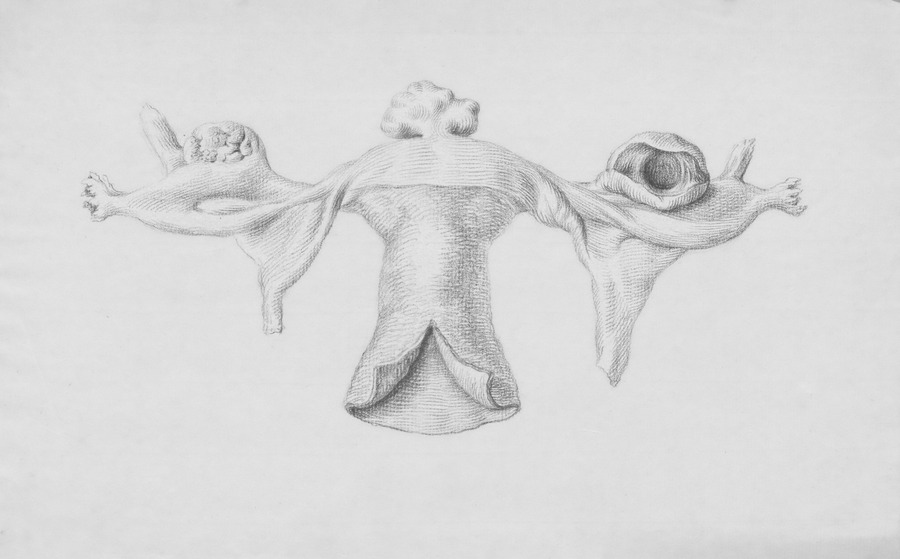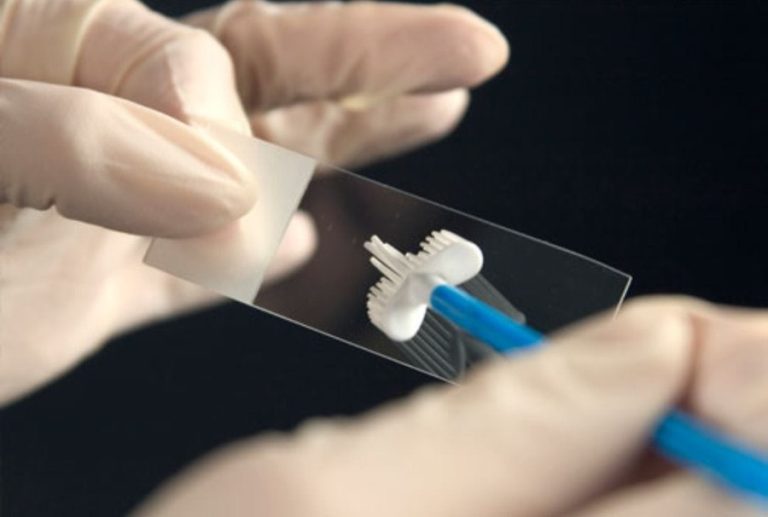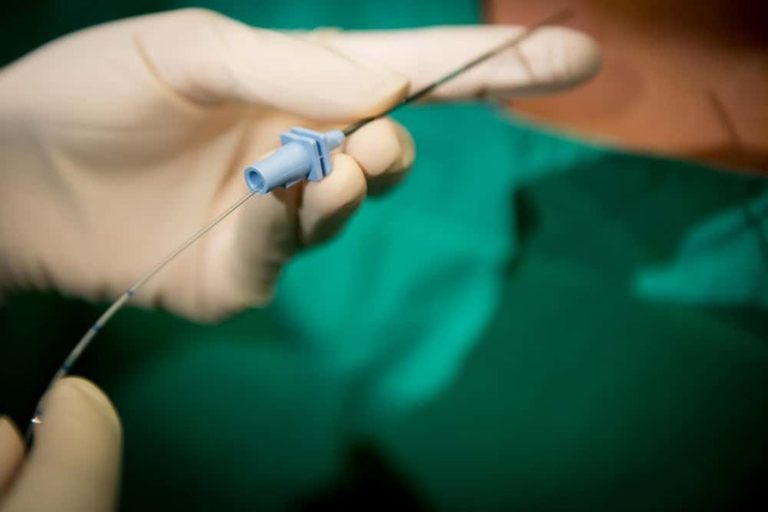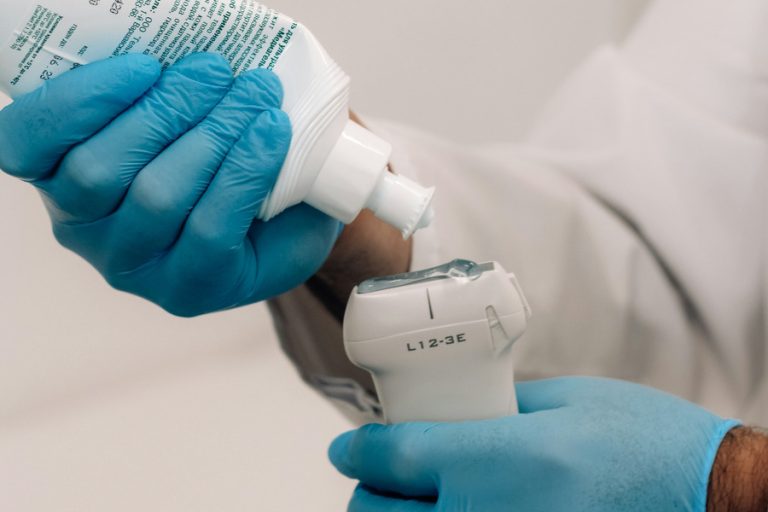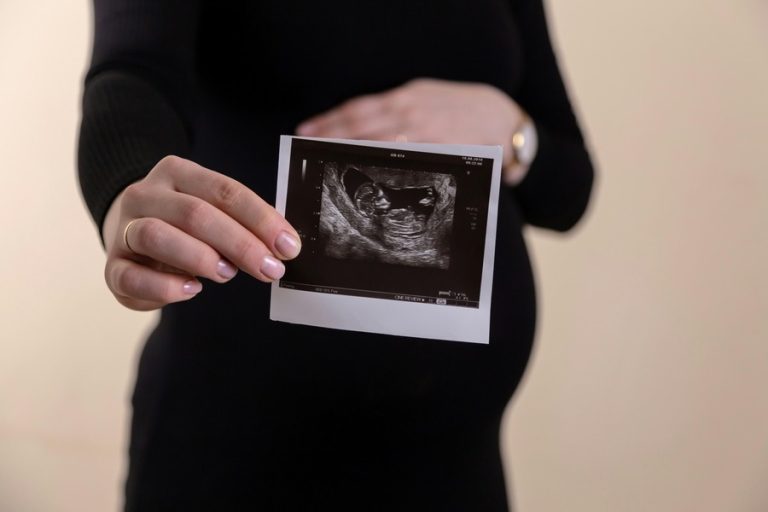Hysterectomy: What Every Woman Should Know
A hysterectomy is one of the most common surgeries in women’s health. It involves the removal of the uterus and, in some cases, additional reproductive organs. While it can be a life-changing decision, a hysterectomy is sometimes the best treatment option for certain conditions that affect a woman’s quality of life.
This guide will help you understand what a hysterectomy is, why it may be needed, and what to expect before and after surgery.
What Is a Hysterectomy?
A hysterectomy is a surgical procedure to remove the uterus (womb). After the procedure, a woman can no longer become pregnant, and her menstrual periods stop.
Depending on the medical condition, different types of hysterectomies may be performed:
Total hysterectomy – removal of the uterus and cervix
Subtotal (partial) hysterectomy – removal of the uterus while leaving the cervix intact
Radical hysterectomy – removal of the uterus, cervix, surrounding tissues, and part of the vagina (usually for cancer treatment)
Sometimes, the ovaries and fallopian tubes may also be removed in a procedure called salpingo-oophorectomy.
Reasons for a Hysterectomy
Doctors may recommend a hysterectomy if other treatments haven’t worked, or if the condition is severe. Common reasons include:
Uterine fibroids – noncancerous growths that cause pain, heavy bleeding, or pressure
Endometriosis – when tissue similar to the uterine lining grows outside the uterus
Uterine prolapse – when the uterus slips into the vaginal canal due to weakened pelvic muscles
Chronic pelvic pain – severe pain not managed by other treatments
Abnormal uterine bleeding – heavy or prolonged periods unresponsive to medication
Gynecologic cancers – including uterine, cervical, or ovarian cancer
Types of Surgical Approaches
The way a hysterectomy is performed depends on the patient’s condition, medical history, and overall health:
Abdominal hysterectomy – through an incision in the lower abdomen
Vaginal hysterectomy – through the vagina, with no external incision
Laparoscopic or robotic-assisted hysterectomy – minimally invasive methods using small incisions and a camera for precision
Minimally invasive techniques often mean faster recovery, less pain, and shorter hospital stays.
Recovery After Hysterectomy
Recovery varies depending on the type of surgery, but generally includes:
Hospital stay – 1–2 days for minimally invasive surgery, up to 4–5 days for abdominal surgery
Home recovery – 4–6 weeks, during which heavy lifting and strenuous activities should be avoided
Symptoms – mild pain, vaginal discharge, and fatigue are common but improve with time
Hormonal changes – if ovaries are removed, menopause will occur immediately; hormone therapy may be recommended
Emotional recovery is also important. Some women may feel relief from symptoms, while others may experience sadness or a sense of loss. Support from family, friends, or counseling can help.
Risks and Complications
Like all surgeries, hysterectomy carries some risks, though serious complications are rare. These may include:
Infection
Excessive bleeding
Blood clots
Injury to nearby organs (bladder, bowel, or urinary tract)
Early menopause if ovaries are removed
Life After Hysterectomy
Many women experience improved quality of life after a hysterectomy, especially if they suffered from heavy bleeding, pain, or cancer. While fertility ends after surgery, sexual activity can usually be resumed once healing is complete, and many women report improved intimacy without painful symptoms.
Regular medical check-ups remain important, especially if the cervix or ovaries are not removed.
Final Thoughts
A hysterectomy is a major surgery, but for many women, it offers relief and a path to better health. Understanding the reasons, types, and recovery process helps in making an informed decision.
If you’re considering or have been advised to undergo a hysterectomy, discuss all options with your healthcare provider to ensure the treatment plan is best suited for your needs.

